BLOG


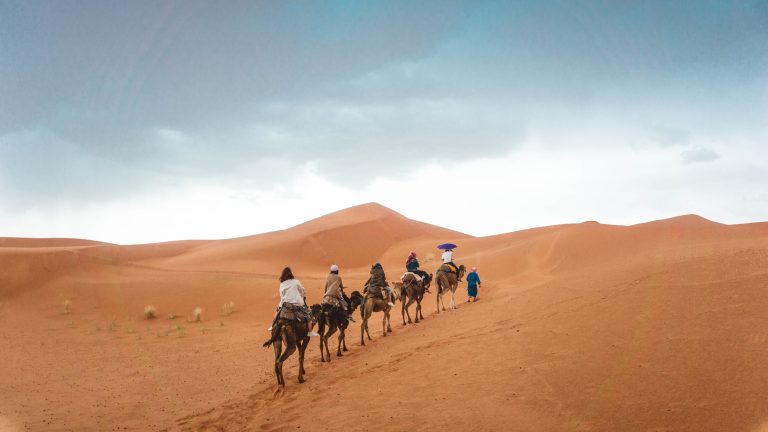

Scouring the Beauty of Bali
We recently had the chance to visit Bali, and it was a breathtaking experience. From the exquisite beaches to the lush green rice fields, Bali has so much to offer. One of our favorite activities was hiking to the top of Mount Batur to view the sunrise. The view from the summit was absolutely stunning and well worth the early morning wake-up call. We also loved exploring the temples and learning about the local culture. Bali truly is a magical place.
5 Tips for an Unforgettable Road Trip in the Pacific Northwest
If you’re planning a road trip through the Pacific Northwest, keep a few things in mind. First, schedule spontaneous stops and detours – some of the best views and experiences can be discovered off the beaten path. Additionally, be prepared for variable weather conditions, as the region is known for its rain and fog. Finally, remember to pack a bunch of snacks and water, as there may be stretches of road with few options for food.

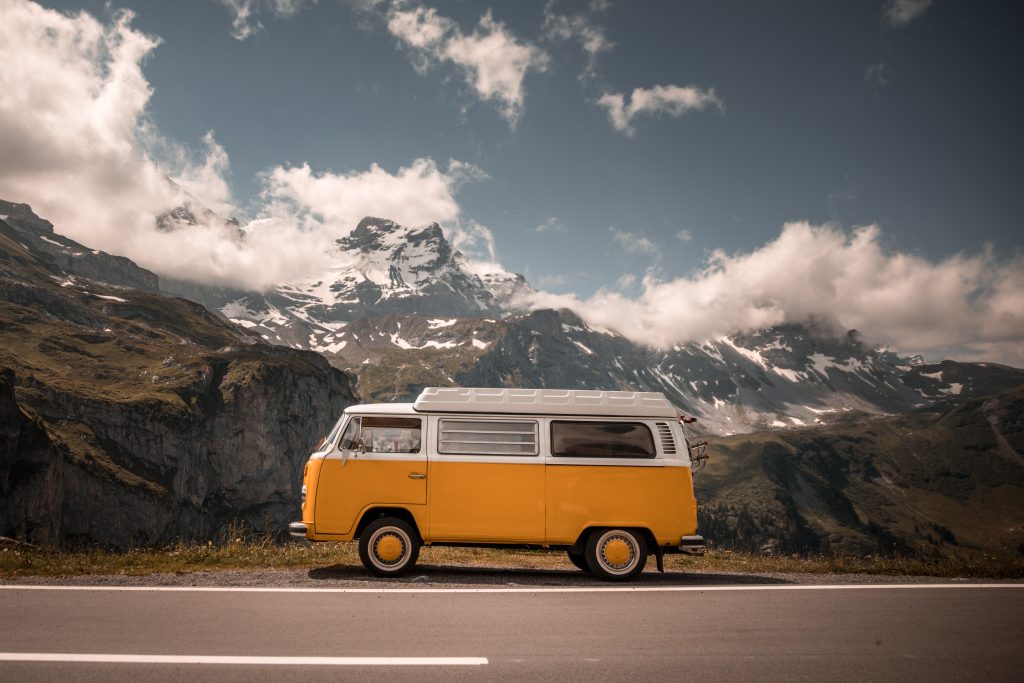
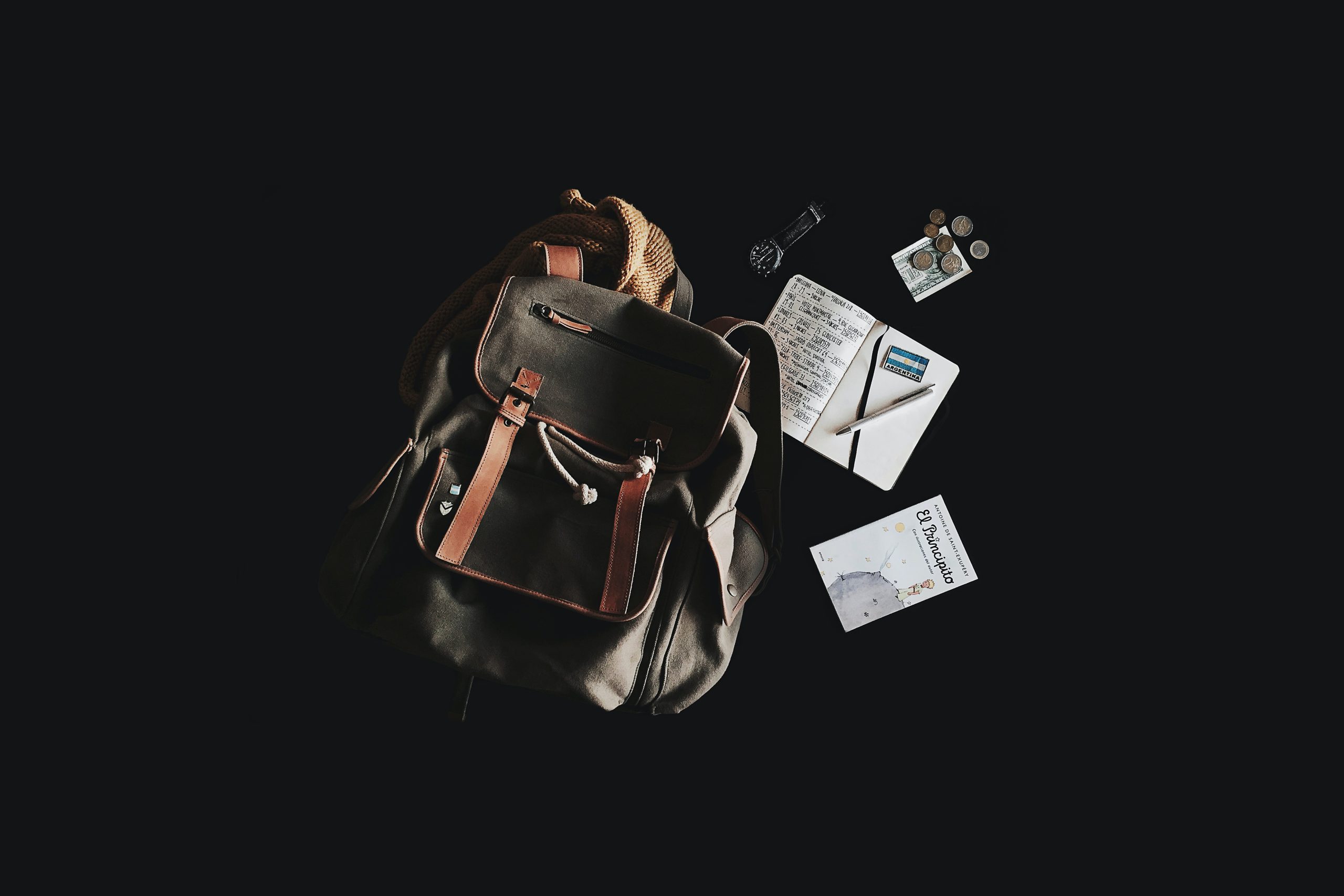
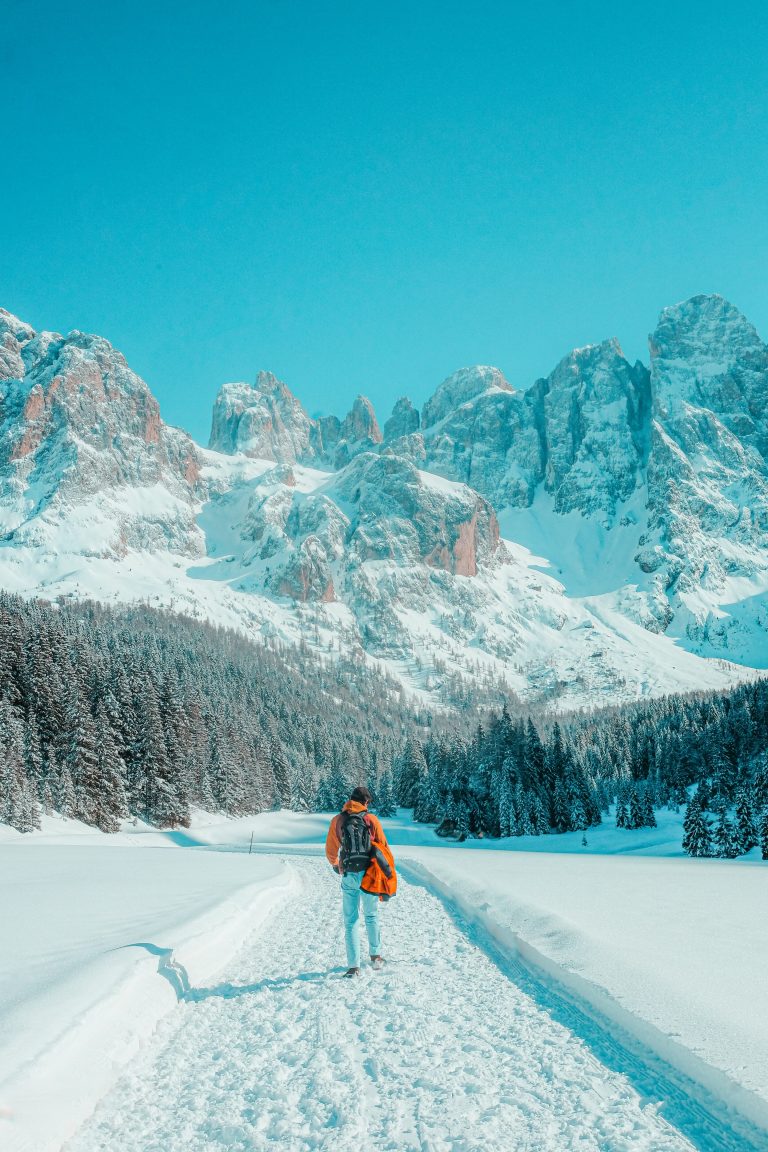
The Ultimate Guide to Solo Travel in Japan
Japan is a prevalent destination for solo travelers, with plenty of cultural immersion and adventure opportunities. If planning a solo trip, brush up on some basic Japanese phrases and customs, which will help you navigate the country more easily. Additionally, consider traveling during the off-season to avoid crowds and high prices. Eventually, feel free to step out of your comfort zone and endeavor new things – from eating at a traditional izakaya to exploring a quiet temple garden; Japan has plenty of surprises.
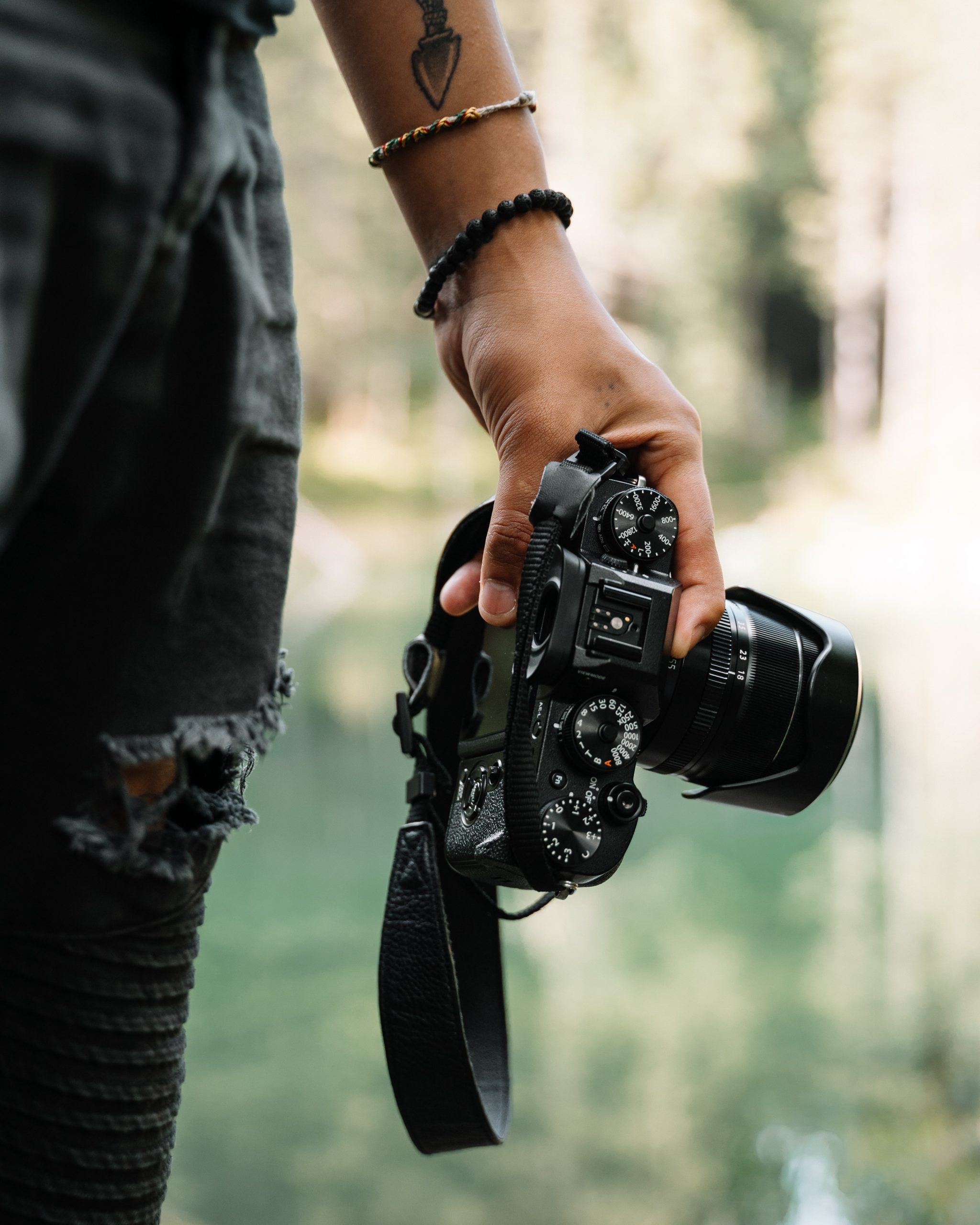
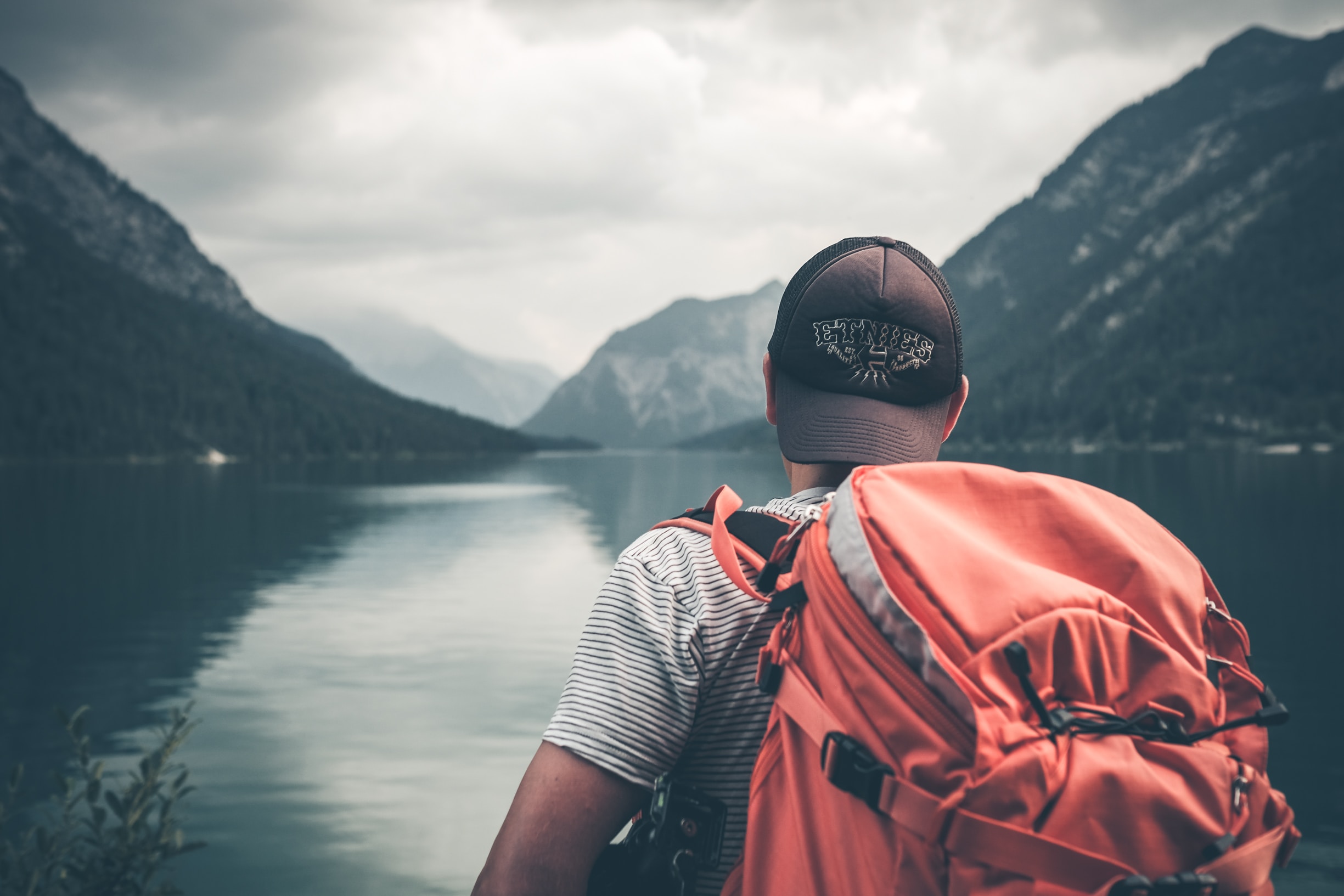
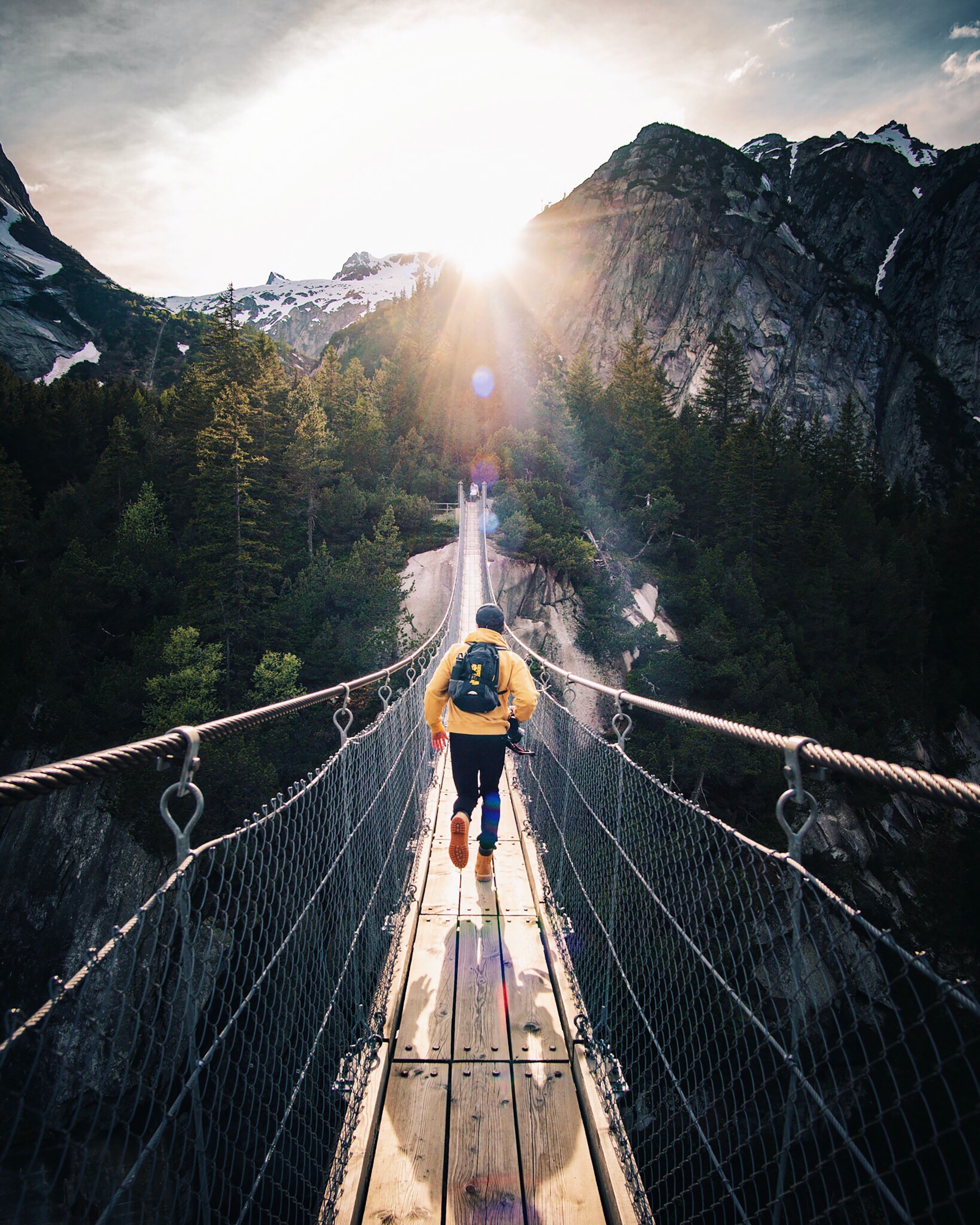
Discovering the Charms of Paris
Paris is a city that truly lives up to its prominence. Paris is a must-visit destination, from the iconic Eiffel Tower to the charming cafes and beautiful architecture. One of my favorite moments was walking along the Seine River at sunset and watching the city come alive with lights. Of course, the food was also amazing. I highly recommend trying a croissant from a local bakery and indulging in some delicious French cuisine.
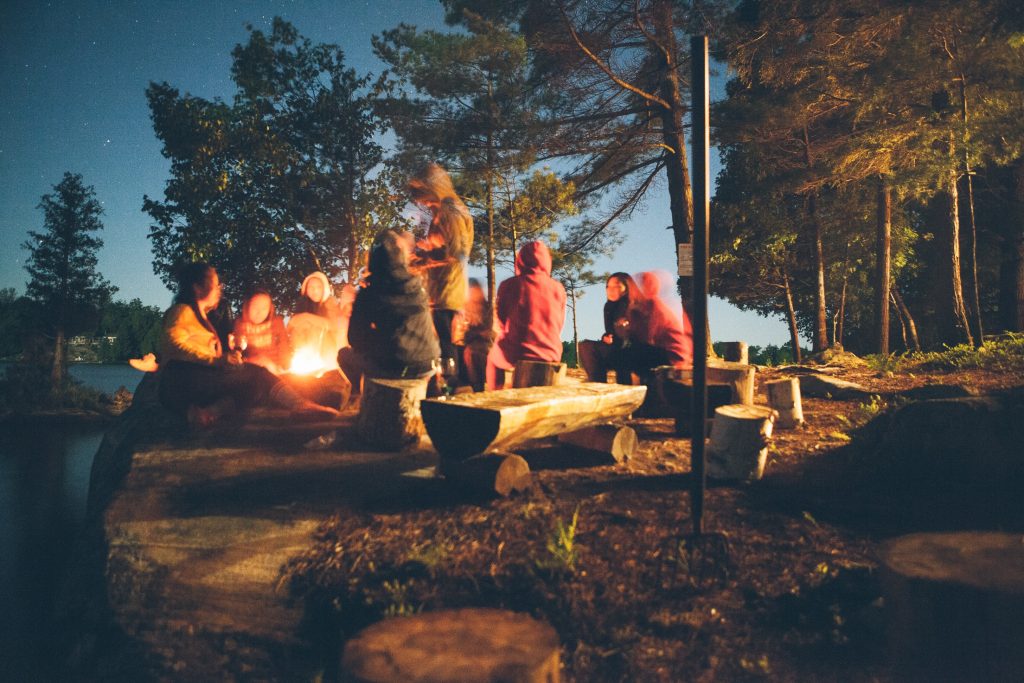
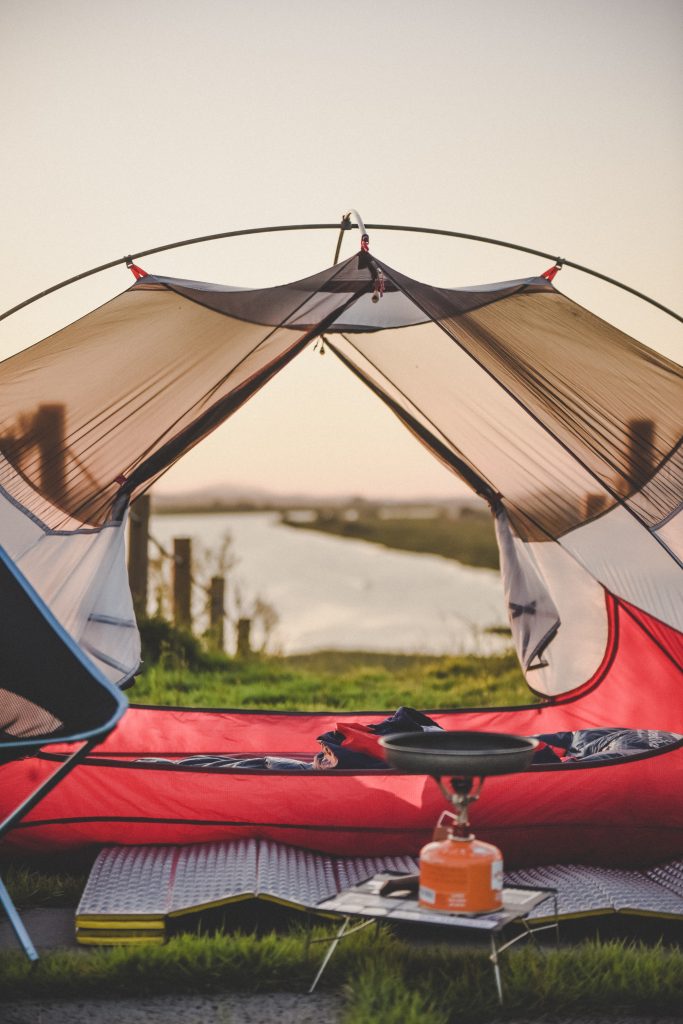

Ignite Your Travel Bug!
As we reflect on our lives, we realize that we have lost some of the passion and drive that used to fuel us. We want to rekindle that spark and find our purpose again. We know it won’t be easy, but we are determined to try. We will start by exploring new hobbies and interests and setting achievable goals for new places. Moreover, we hope our journey brings inspiration for you to begin yours. We are excited to see where this journey takes all of us and are grateful for the opportunity to kindle our spark once again.

Buckle Up For The Most Incredible Outdoor Adventure With All The Powerful Tips And Action Plan!
Are you ready to explore the great outdoors and have some fun? Whether you’re a beginner or an expert, hiking, camping and traveling can be amazing experiences that enriches your life. But before you pack your bags and hit the road, there are some things you need to do to ensure a successful adventure.
You Know The Drill! Plan Ahead and Prepare Your Gear
The first step is to choose your destination and then decide how long you want to stay. We have done some cool adventuring so check out some of our blogs to find the coolest places, from top tourist attractions to budget-friendly accommodations to yummy local food, cultural norms, and more.
Once you have your destination in mind, you need to make a solid travel itinerary. This means exploring your destination and jotting down a list of the must-see attractions. It will help you manage your time plus maximize your trip. Simultaneously, you can stay informed on the weather forecast, the local happenings, and more.
Accommodations
If roughing it in the woods isn’t your thing, consider lodging in a hostel or Airbnb; one way to find the best deals on hotels is to use a comparison website like [Trivago] or [Booking.com]. Such websites allow you to search for hotels in your destination, filter by price, location, rating, amenities, and more, and compare the prices from different booking platforms. You can also read reviews from other travelers and see photos of the rooms and facilities. Some websites also offer discounts or rewards for loyal customers or referrals. Another way to save money on hotels is to use a travel agent. A travel agent can help you find the best hotel for your budget and preferences, and sometimes, they have access to exclusive deals or perks that are not available online. A travel agent can also help you with other aspects of your trip, such as flights, transportation, tours, and insurance. However, you may have to pay a fee for their service, so make sure you compare the total cost with booking online.

Remember: Don’t Step Off the Trail
Hiking and camping are great ways to enjoy nature and have fun with your friends or family. But they also come with some responsibilities to protect the environment and respect other people’s rights. Here are some essential tips on how to hike and camp properly:
When you hike, you should always follow the marked trail and avoid creating new paths or shortcuts. This helps to prevent soil erosion, damage to plants and animals, and conflicts with landowners. Camping should also be done only in designated areas or in places where the vegetation is minimal, such as compacted soil or sand. This way, you can reduce your impact on the natural habitat and avoid disturbing wildlife.
Rules Are Rules: Leave No Trace
One of the most important principles of hiking and camping is to leave no trace of your presence. This means that you should not take anything from the environment, such as rocks, flowers, mushrooms, or other natural objects. You should also not leave anything behind, such as trash, food scraps, or human waste. Everything you bring with you should be packed out or disposed of properly.
One of the biggest trends on the trail is the building rock cairns or towers, which are piles of stones that some people make for fun or as landmarks. This activity may seem interesting, but it poses considerable harm to humans and animals. Rock stacking can confuse other hikers who may think they are official trail markers. In Georgia, we have a salamander called a Hellbender that could be living under a rock for years. Don’t relocate its home. Instead of making rock cairns, find other alternatives to express yourself that do not affect the environment.
We Learned It Young: Don’t Play with Fire
Fire is one of the most wild and common causes of environmental damage. You should always heed if fires are allowed in the area where you are hiking or camping, and follow the local regulations and restrictions. If fires are permitted, you should use only the established fire ring or mound and keep your fire small and under control. Most importantly, you should not cut down trees or shrubs for firewood, as they will not burn well; but instead, will damage the ecosystem. You should also make sure to completely extinguish your fire and spread the coals before you leave.
Fires can have a lasting effect on the environment, especially if they escape and become wildfires. They can destroy vegetation, wildlife, soil, water quality, and human property. They can also create smoke and air pollution that can affect your health and visibility. By being careful with fire, you can prevent these negative consequences and create a safe and responsible hiking and camping experience.
The Golden Etiquette: Pack and Dispose of Your Waste Responsibly
One of the greatest challenges associated with hiking and camping is to manage your waste. You don’t want to leave any trace of your presence that can harm the environment or spoil the experience for others. Note down some tips on how to pack and dispose of your waste responsibly:
A Key Rule: Pack It In, Pack It Out
This is a simple rule that means whatever you bring with you, you should take it back with you. This includes food wrappers, water bottles, toilet paper, and any other trash. Always carry a couple of Ziploc baggies or other containers to store your waste in. Don’t leave anything behind, even if it seems biodegradable or harmless.
Yes, You Read It Right: You Need To Poop Smart While Your Adventure.
Sometimes, nature calls when you are in nature. If you need to poop, you should find a spot at least 10 feet off the trail and away from any vegetation. You should also dig a cat hole at least 6-8 inches deep and 200 feet from any water source. Do your business, take your toilet paper with you, cover the hole, and return to the trail. You can use a lightweight and durable poop shovel like [The Deuce] from TheTentLab to make this easier.
If you have a dog or a baby with you, you should also bag and carry out their poop as well. Their poop is different from wild animals’ poop and can affect the soil and water quality. You can use a reusable, odor-free poop bag collector like [(https://www.amazon.com/s?i=merchant-items&me=A1340R4WCWNEOR)!] on Amazon to take care of this. It’s also great for baby diapers.
Always Pack Light: Don’t Burden Yourself
When it comes to packing, less is often more. Only bring what you need and try to pack light. This will make your hiking and camping more comfortable and enjoyable. You can also save space and minimize wrinkles by rolling your clothes instead of folding them. Simply use compression bags or packing cubes to organize your items and keep them dry.
The Ground Rule: Respect Wildlife
Watching animals in their natural habitat can be a thrilling and rewarding experience. But it can also be a dangerous and harmful one if we don’t respect their space and needs. Here are some tips on how to respect wildlife when hiking and camping:
Not to Feed Animals at Any Cost
Feeding wildlife is actually very bad for the animals and you. It can change their natural behavior, make them dependent on human food, and cause them to lose their fear of humans. This, in turn, can lead to attacks, injuries, diseases, and even death for both the animals and the people. For example, bears that humans feed may become aggressive and have to be killed by park rangers. Squirrels that humans feed may become obese and unhealthy. So please don’t feed the wildlife, no matter how hungry they appear.
Wildlife is not meant to be touched, petted, or photographed up close because wild animals live up to their own needs and preferences. They may feel threatened or stressed by your presence, especially if you get too close or become too loud. They may also react unpredictably and defensively, which can result in bites, scratches, kicks, or worse. To avoid these potential risks, you should always maintain a good distance from wildlife. The recommended distances are 50 feet (2 full school bus lengths) for small animals like squirrels and marmots, 75 feet (4 full school bus lengths) for medium animals like deer and bison, and 150 feet (6 full school bus lengths) for large animals like bears and wolves.
If you witness anyone doing these things, you should report them to a park ranger or other authority immediately.
Pass in Slow Motion
When you are driving in a national park or an area located near wildlife, you should slow down and be alert. Vehicle strikes are the most prevailing in these areas. You can prevent these accidents by driving at or below the speed limit, watching for signs and signals, scanning the road ahead and the sides for animals, and braking gently if you see an animal crossing. You should also avoid driving at night or during dawn and dusk when wildlife is usually more active, i.e., the unbright hours.
Wildlife is a precious and fragile part of nature that we should cherish and protect. By following these tips, you can respect wildlife when hiking and camping and ensure that you have a safe and enjoyable experience.
Never Complete Your Adventure Without a Happy Picture
Hiking and camping are wonderful activities that can enrich your life and connect you with nature. But they also require some responsibility and respect for the environment and the surrounding species. By following these tips, you can explore without causing any damage and ensure that you leave a positive footprint on the places you visit.
Follow the trail etiquette, stay hydrated and energized, take lots of pictures, and have a blast! Happy Trails and Travels 😀

Finally, prepare your gear and equipment for your trip. Depending on where you’re going and what you’re doing, you might need different things. Here are some general tips to help you prepare:
- Make sure to download maps to use offline. You never know when you might lose signal or battery, so having offline maps can save you from getting lost or stranded.
- Verify that the time allocated is appropriate for the trip planner. You don’t want to overestimate or underestimate how long it will take you to hike or explore. Be realistic and plan accordingly.
- Know your capabilities. If you’ve never hiked 5 miles with a 1000’ elevation gain, don’t try doing it in the backcountry! Start with easy trails and work your way up. You’ll enjoy it more and avoid injuries.
- Make sure if you’re planning to camp that you have the right equipment for the area. For instance, don’t assume there will be trees or rocks to hang a hammock from. Do your research and find out what kind of terrain and facilities are available. You might need a tent, a sleeping bag, a sleeping pad, a stove, a water filter, etc.

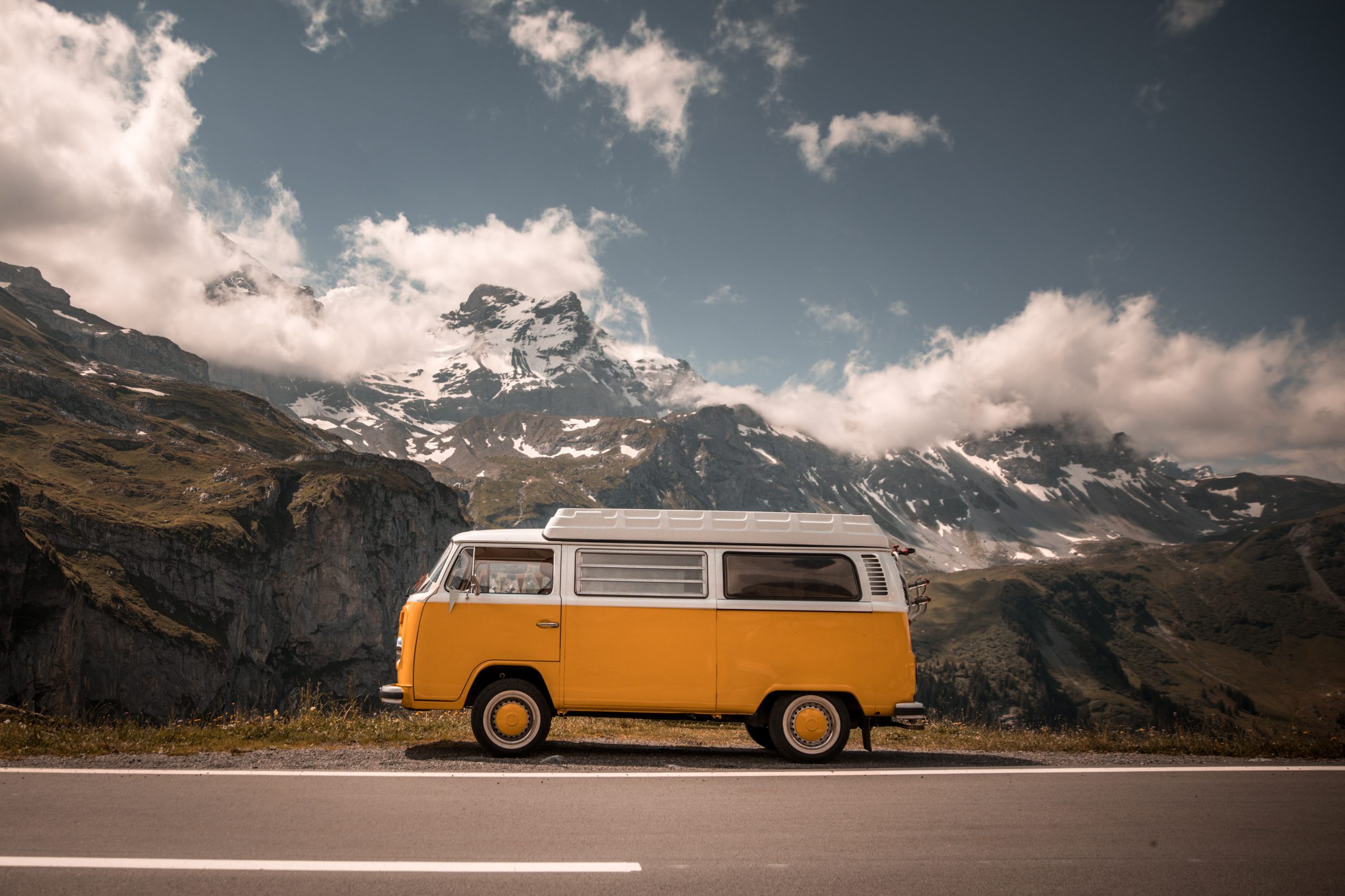

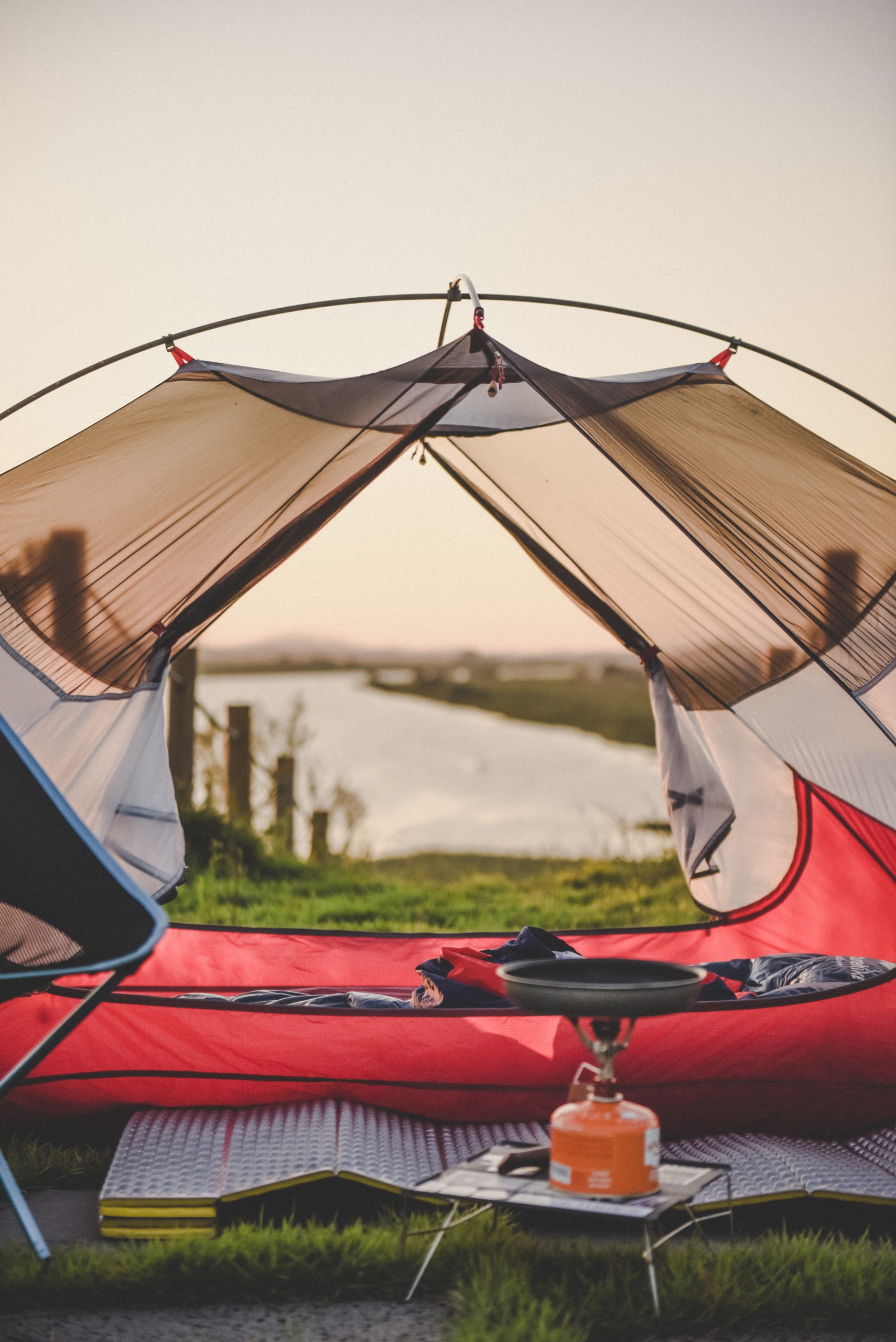
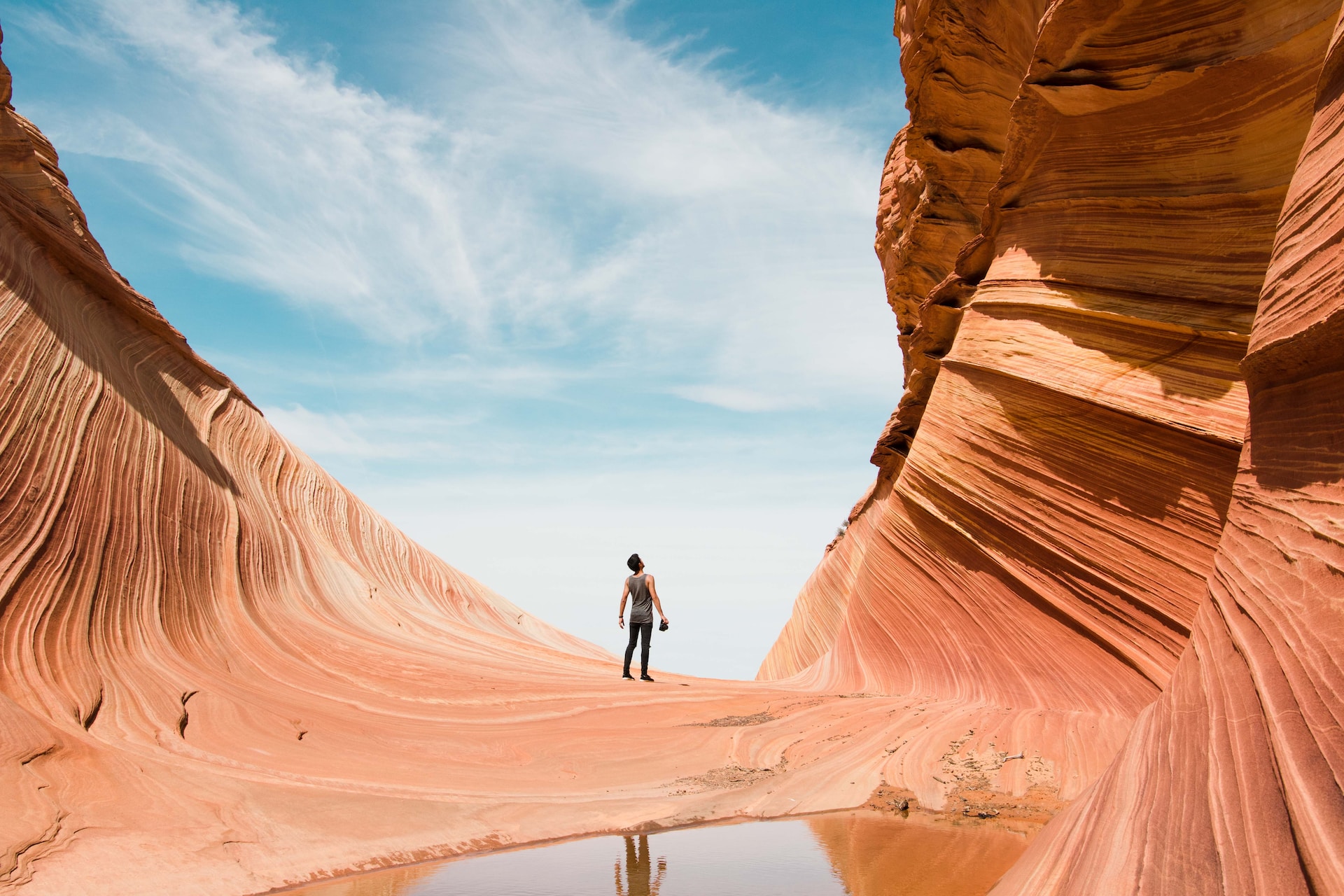

Newsletter
Copyright © 2023 Wayward Blonde - All Rights Reserved.
Newsletter
Share with us your email to stay informed.
Copyright © 2023 Wayward Blondes - All Rights Reserved.